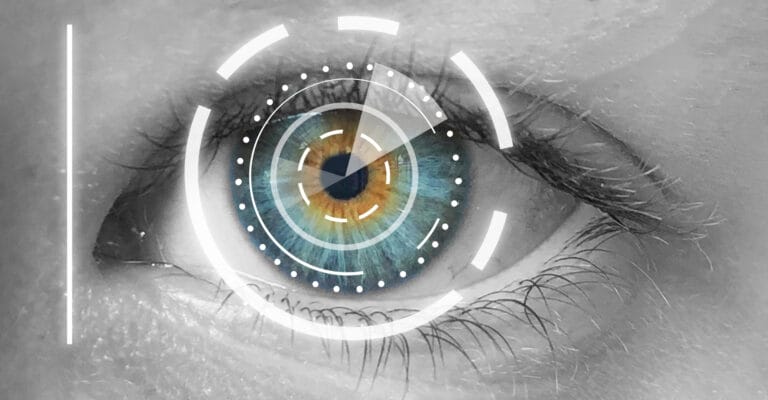- Globally at least 2.2 billions people have vision impairment, and of these at least 1 billions people have a vision impairment that could have been prevented or is yet to be addressed
- By 2050, 4.8 billions people (half of the world’s population) is projected to be nearsighted (myopic).
- Cataracts are the main cause of blindness worldwide and impact 100 million people at the present time.
- Diabetes is the leading cause of blindness in North America
- Globally more than 340 million people suffer from dry eye disease (DED). Meibomian Gland Dysfunction is the leading cause of dry eye disease affecting 86% of patients suffering from dry eye disease.
Corneal diseases and conditions are a leading cause of blindness worldwide. These diseases and conditions include keratoconus, refractive surgical complications, corneal ectasia, complications resulting from corneal transplant surgery, ocular trauma, corneal scarring, corneal dystrophies and degenerations (ie Stevens Johnson Syndrome), complications resulting from autoimmune disease (ie rheumatoid arthritis), ocular surface disease resulting from chemotherapy, complications resulting from ocular plastic surgery, incomplete eyelid closure due to neurological complications and ocular surface disease to prolonged use of many medications and treatments.
Many of the patients with conditions described above suffer from both poor vision and severe ocular pain. Many of these patients are unable to completely close their eyes and as a result cannot sleep throughout the night due to the necessity of using ocular lubricants frequently. Our specialty lens practice has the technology to design and fit highly customized oxygen permeable scleral lens shields to protect the delicate ocular surface tissues and keep these tissues moist during sleep. We design these scleral shields with the aid of computers using proprietary software. These scleral lenses or scleral lens shields that we design for patients with chronic dry eyes due to eyelid closure issues are different from the scleral lenses that we design for patients without these issues.
In general, a scleral lens is a large diameter lens made of a highly oxygen permeable material. It does not move on the eye. It is not a contact lens in the strict sense of the word as it has no contact with the cornea. Instead, a liquid reservoir of sterile saline solution fills the space between the back surface of the scleral lens and the front surface of the compromised cornea. The liquid reservoir fills in the surface irregularities of the cornea allowing vision to be restored in a comfortable manner. The scleral lens and the liquid reservoir beneath it protect the cornea from exposure to the environment and the rubbing effects of the eyelids when blinking. This cushon of fluid beneath the scleral lens also provides oxygen to the cornea allowing the eye to undergo a healing process. The effect is to create a smooth optical surface over the diseased or compromised cornea that replaces the distorted corneal surface. In all of the patients who we have treated, vision and comfort have improved dramatically due to the life changing abilities of scleral lenses.

